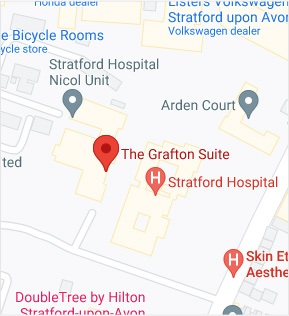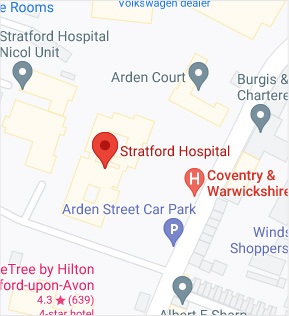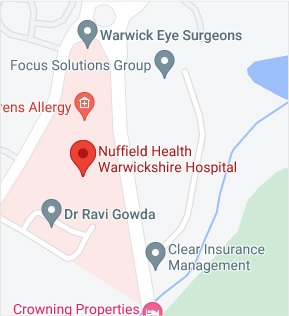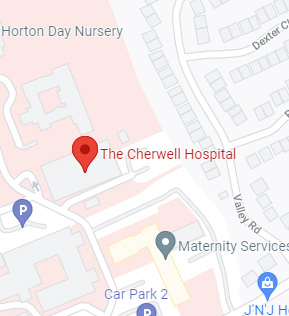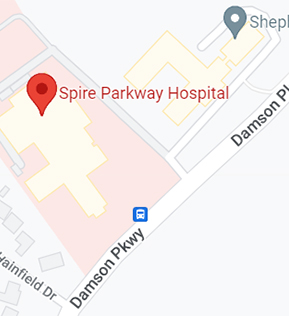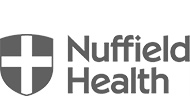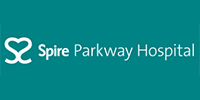What is Shoulder Instability?
The shoulder consists of a ball and socket joint where the rounded end of the humerus (upper arm bone) fits into a socket (glenoid cavity) formed by the shoulder blade. The joint is stabilised by the surrounding capsule, ligaments, and tendons of the rotator cuff muscles. Shoulder instability results when the humerus is not held firmly within the socket and moves away from the glenoid cavity. This may be due to a defect or injury to the supporting structures and can result in a partial dislocation (subluxation) or total dislocation of the shoulder joint.
What is Multidirectional Instability?
Instability may be described by the direction in which the humerus is subluxated or dislocated from the glenoid. When it occurs in several directions it is referred to as multidirectional instability.
Causes of Multidirectional Instability
The ligaments in some individuals are naturally loose. As a result, they are at higher risk of developing multidirectional instability. Other causes include:
- Excessive stretching of the shoulder during exercise
- Excessive overhead activities or sports such as volleyball, swimming
- A blow or fall causing injury to the shoulder in which joint laxity is already present
Symptoms of Multidirectional Instability
You may feel instability or looseness of your shoulder joint. Other symptoms include:
- Vague pain in your shoulder which is aggravated by certain activities or arm positions
- Difficulty performing overhead activities
- Weakness of the arm
Diagnosis of Multidirectional Instability
Your doctor will review your medical history and perform a physical examination to assess the instability of your shoulder and identify its cause. Joint laxity and the strength of the rotator cuff muscles are assessed. Multidirectional instability is diagnosed with the help of specific tests. Imaging tests such as an X-ray or an MRI scan help visualise the shoulder joint and its supportive structures.
Treatment of Multidirectional Instability
To relieve symptoms, your doctor may recommend:
- Using an ice pack
- Taking your pain medication as prescribed
- Resting the arm and avoiding overhead activities or certain sports
If your joint has dislocated, your doctor may perform a specific manoeuvre to reposition your joint. Your shoulder is then immobilised for 2-3 weeks to prevent a recurrence.
Rehabilitation exercises
Your physiotherapist will plan an exercise programme which may include:
- Strengthening exercises for the rotator cuff muscles and the muscles that stabilise the shoulder blade
- Exercise to help you return to daily activities and sports
Conservative treatment methods and rehabilitation help most people with multidirectional instability.
Surgery
Surgery is considered if your symptoms persist. It may involve arthroscopy or open surgery.
Arthroscopy involves the insertion of a thin device with a camera to view the shoulder joint on a monitor and perform the necessary surgical procedure. Open surgery involves a larger incision, and the procedure is performed under direct visualisation. The most common surgery performed for multidirectional instability is a capsular shift where the capsule and ligaments enclosing the shoulder joint are tightened.
Preventive Measures
Multidirectional instability and dislocation may be prevented by following these guidelines:
- Strengthen the supportive muscles of your shoulder with regular exercises
- Receive proper coaching for athletics
- Avoid overuse or overstretching of the shoulder
- Do not continue an exercise or activity if you experience pain and get yourself evaluated if pain persists beyond a few days.


 REQUEST AN APPOINTMENT
REQUEST AN APPOINTMENT



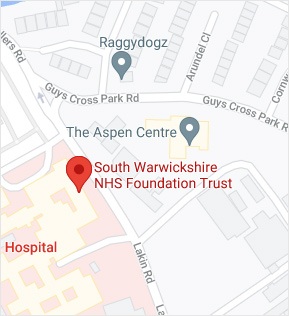
 Ext 4798
Ext 4798